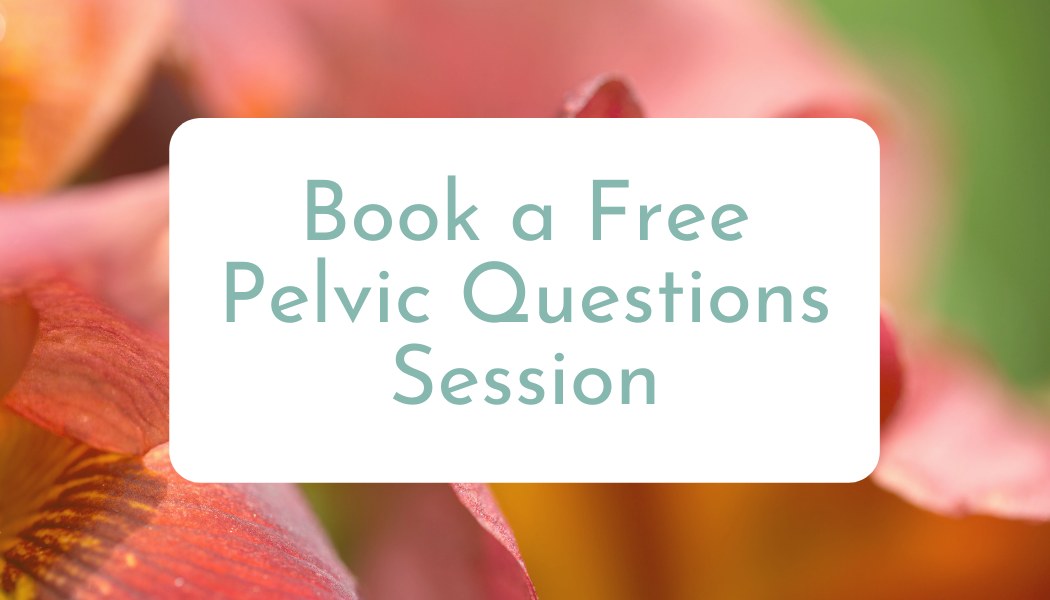Season 2 Episode 10 Transcript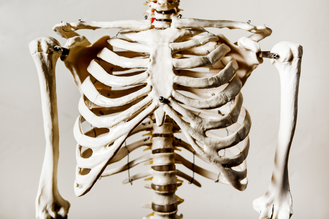 If you're not breathing well, then while you're maybe not getting lightheaded and actually threatening to fall over on us, you're also not optimizing how you're actually getting through your day. If you're breathing with your chest a lot, that can actually directly lead to anxiety. Your chest is made up of essentially the breast bone, and the collar bones, and the breastbone doesn't move. It doesn't flex. It's one large piece of bone, like a shield covering your ribs and also your heart. So in order to breathe with your chest rising and falling, what you're actually doing is arching your upper back. That arching movement puts pressure on spinal nerves that come out of the spine and go into the lungs. So when those nerves get triggered they can believe that they're not functioning the way that they're supposed to, in the ribs and in the lungs, and the feedback that they give your brain is that you can't breathe. So working your lungs, from your chest by arching your back, can cause anxiety or even a panic attack. 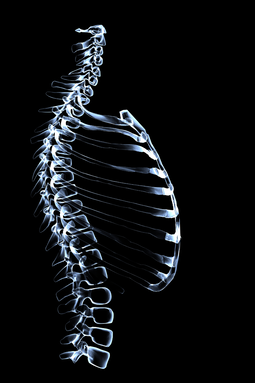 Most shallow breaths come from lifting your chest instead of breathing with the whole rest of your body. You've probably heard that before, about shallow breathing. But another way that you can trigger this is by driving when you're upset. A lot of people, myself included, have the tendency to push off of the steering wheel into your seat. I think it has something to do with when you're frustrated there's not much physical that you can do about it that is socially acceptable. But when you're driving and you're upset, you can push, you can engage all of those muscles, without it being at all socially unacceptable. And that can feel satisfying! But the pressure of your arms, pushing your upper back into the seat of your car, can have the exact same effect on those spinal nerves that go into the lungs, get too tense, and tell the brain, “I can't breathe”, and you can actually induce anxiety or even a panic attack while you're driving. Point is, please relax your grip and take a deep breath! Now we've also probably heard about belly breathing. It’s very common, especially a lot of yoga practices and stuff, and belly breathing is really nice because we tend to have really tight bellies. I'm going to talk about that in just a second. So doing a belly breath helps to sort of flip the pressure, where we're used to sucking in to releasing it and that can be very difficult, that can be a practice that a lot of people have to learn in the first place. So belly breathing can help take the pressure off the chest, it can help take the pressure off the upper back, and it can help take the pressure off of the abdominal cavity a bit. But if you're only belly breathing, then you're causing pressure in the pelvis. Because the belly moving in and out causes pressure fluctuations, up and down the chain, up and down the rest of your body. And so that pressure going into your pelvis, while it's a small amount, it builds up over the course of an entire day of belly breathing. So in order to not put excess pressure into the pelvis, we want to look at the alternative here to both belly and chest breathing, and that is called thoracic breathing 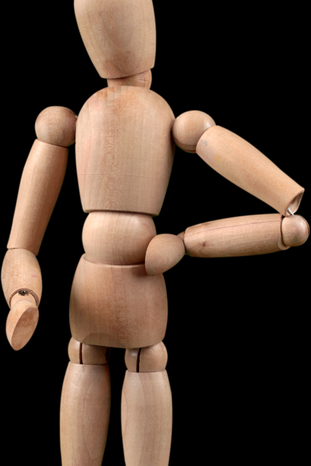 The thoracic part of your body is the upper part of your torso. It's where your ribs are, and where your ribs attached to your spine. That's why the upper part of your spine between your neck and your low back is called the thoracic spine. Inside your thoracic cavity is the lungs and the heart as well. Thoracic breathing means that you're using the rib cage- it’s also often called rib cage breathing- you're using the rib cage like fireplace bellows opening and closing opening and closing to move air. And the belly is a supplement to that, instead of the moving of the belly, or for that matter the moving of the chest, being what's causing your air to move. Remember you breathe by a set of vacuums. When you draw the diaphragm down, it creates a vacuum in your lungs which sucks air in and then you use muscles to squeeze that air back out again. Engaging the rib cage to open will also create that vacuum, and then the rib muscles themselves can close that rib cage down to squeeze the ribs, to squeeze the lungs, all the way around. However, we're not very good at thoracic breathing, we're not very good at using our rib cage like a fireplace bellows, and here's why 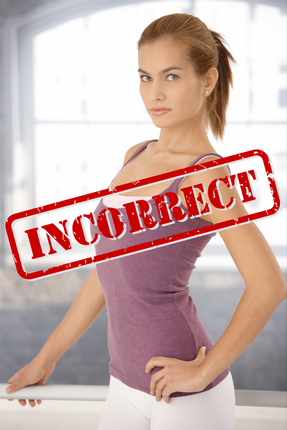 Basically, we are taught to walk around in the world “Boobs out bellies in.” Think about that overdramatic military posture with the chest thrown out. Think about those old cartoons- I can't think of what the name of the cartoon was but I can picture a guy standing on a beach. And he's got a belly. And this little stick figure of a woman walks past in a bikini, and he suddenly sucks his belly in, and his shoulders get broad and his posture is huge. And when she's walked past he lets his belly go again. And he returns to what we would now call a dad bod. That posture “belly in chest out” is, well, it's not a good posture! It's a fake good posture. By throwing the chest out, you're arching the upper back. Go back to the beginning of what I was just saying here- arching the upper back causes not only tension in the spine, in the ribs, in the neck, but also anxiety in the brain, because of the nerve signals that are getting stuck with that constant arching. By throwing the chest out we also then end up having to suck the belly in, to counterbalance that so you don't just fall over 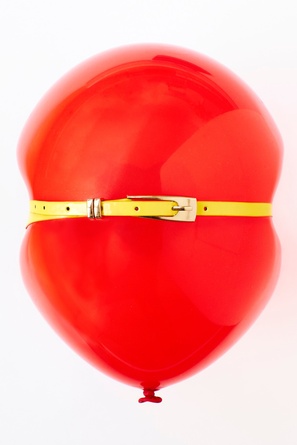 Right now, aesthetically, our culture thinks having a flat stomach, having a sucked in stomach, is appropriate. Functionally, that's not appropriate. Functionally your belly needs to move in and out, it needs to have enough space in it as a container to hold all of your internal organs, to allow for things like digestion and elimination- the size of which then is going to fluctuate throughout the day. And your belly is a supplement to your breathing, so it does need to move out and in. And most people that practice belly breathing, the first couple of times they try it (like for example a yoga class if you're sitting up and you try to belly breathe) people find they actually have to push their bellies out in order to expand that, because we have spent our lifetimes sucking in. When you suck in you're creating pressure, you're squeezing the balloon that is your abdominal cavity, and that pressure has to go somewhere- up or down. Once we start breathing with your rib cage, once we let the ribs expand and contract the way that they're supposed to, we can take a lot of pressure off of the belly-
And in relaxing the ribs and moving through the breath through the rib cage itself, we take pressure and work out of the belly. So, breathing well becomes a structural, a postural kind of thing that requires less tension, less concentration, less exertion than what we've taught ourselves to do over the course of our lifetimes. That “boobs out belly in” position is hard to maintain, and it's hard on our bodies! Coming back into all of that alignment so that the ribs can actually move- it’s a relaxed place, it's kind of nice to hang out there. So next week I’m going to teach you how to take a thoracic breath, how to feel your ribcage actually move when you breathe. And we’re going to play around with that in our next episode. Listen to this Episode
0 Comments
Your comment will be posted after it is approved.
Leave a Reply. |
Fun Fact: I'm an herbalist and a movement coach. Not a doctor, or a pharmacist, and not pretending to be one on TV.
This is a public space, so my writing reflects my experiences and I try to stay general enough so it might relate to you. This does not constitute medical advice, and I encourage you to discuss concerns with your doctor. Remember, however, that the final say in your wellness decisions are always yours- you have the power to choose, you are the boss of you. And, some of my posts may contain affiliate links. If you make a purchase through them I'll earn a few cents. Thank you for supporting my work. This website is provided for educational and informational purposes only and is not medical, mental health or healthcare advice. The information presented here is not intended to diagnose, treat, heal, cure or prevent any illness, medical condition or mental or emotional condition. Working with us is not a guarantee of any results. Paula Billig owns all copyrights to the materials presented here unless otherwise noted. Categories
All
Archives
July 2021
|
|
info @paulaswellness.com |
DisclaimerThis website is provided for educational and informational purposes only and is not medical, mental health or healthcare advice. The information presented here is not intended to diagnose, treat, heal, cure or prevent any illness, medical condition or mental or emotional condition. Working with us is not a guarantee of any results. Paula Billig owns all copyrights to the materials presented here unless otherwise noted. |

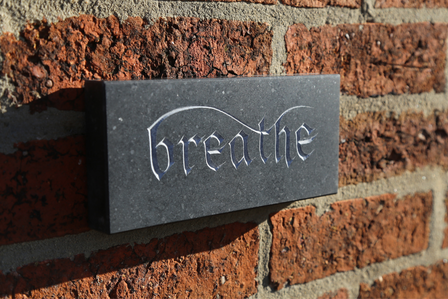
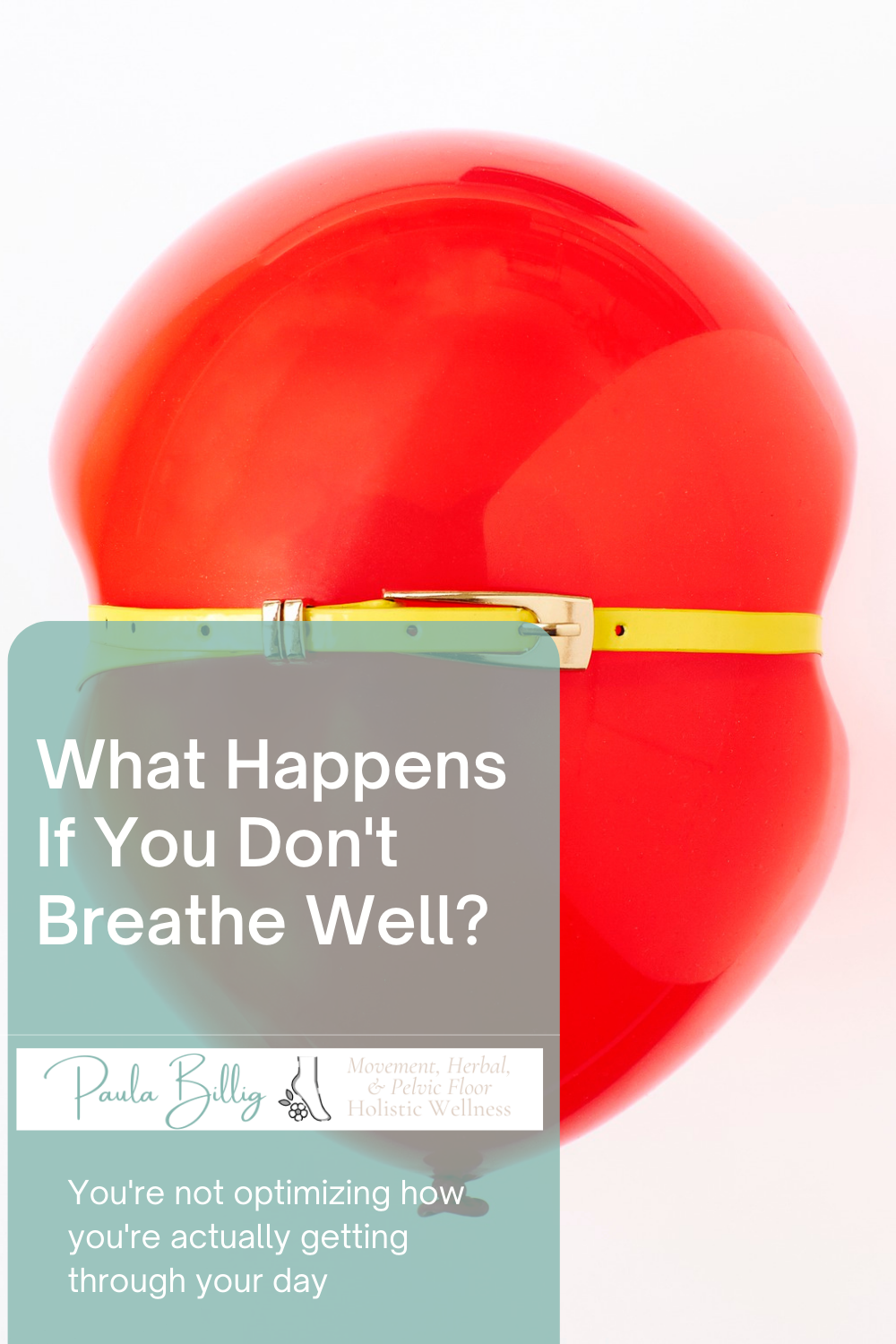
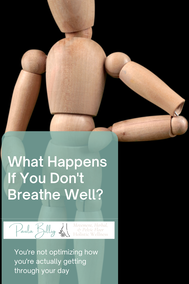
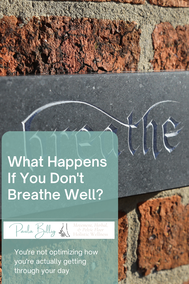
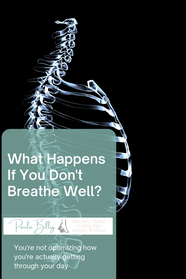
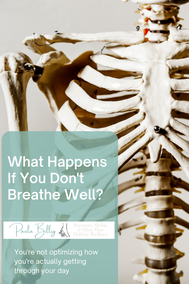
 RSS Feed
RSS Feed

